Music lovers are accustomed to the fact that there are three ways to store it digitally: Lossy, Lossless and Hi-Res. Lossy is the most common format used in streaming services and games, but it implies that the music has been compressed with the loss of some information. That is why many people appreciate Lossless and Hi-Res so much – there are no losses in these formats, although you need to listen to them on high-quality equipment. However, in fact, there is another one – Vinyl Rip. This is the name of music recorded on a disc and then digitized in Hi-Res format. Vinyl Rip differs from the rest not only in bitrate or bit depth, but also in dynamic range.
What is Vinyl Rip and why Hi-Res is not the same
Both varieties are considered to be the highest possible quality for storing music, although this is not entirely true. Vinyl Rip, like Hi-Res, usually has a quality of 24 bit / 192 kHz (bit to sample rate, the higher the better), but it has one significant difference – a larger dynamic range.
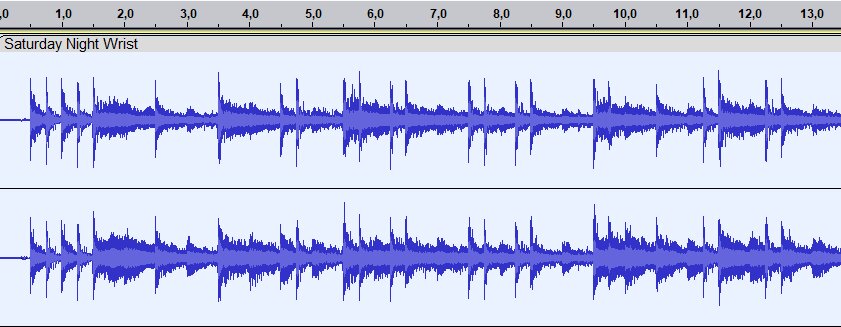
Dynamic range is the difference between the quietest and loudest sounds in a song. After CDs began to be massively used for listening to music, compression began to be actively used – compression of the dynamic range. This is done in order to make the songs louder, since, unlike records, music from discs can be listened to in a car or headphones while walking down the street. The problem is that along with the increase in volume, the details of the instruments are lost, and sometimes, with poor use of the compression effect, the sound turns into a mess. In the modern world, this situation also applies to streaming services. Even turning on the Hi-Res mode, you will get the same compressed sound, only with a higher bitrate or bit depth.
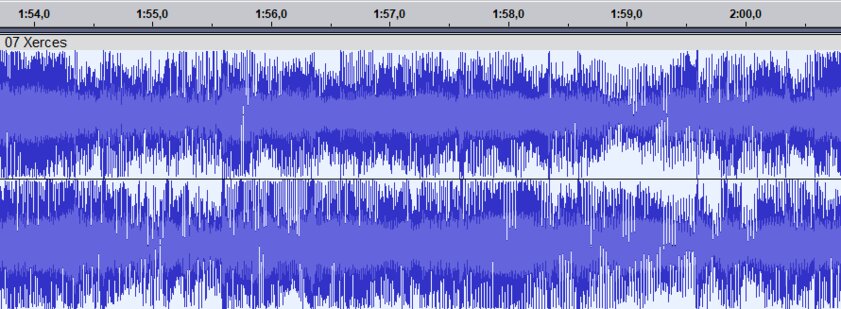
However, there is still no such compression on the records, if it is not directly provided for by the mastering and mixing of the album. This fact makes them an even more desirable purchase for those who want to enjoy the maximum sound quality of their favorite songs. But, in fact, anyone can do it, because Vinyl Rip is a direct digitization of songs from a record, which implies the presence of the above-described plus. And personally, I think that this is much more important than dry numbers.
To listen to Vinyl Rip you will also need high-quality equipment
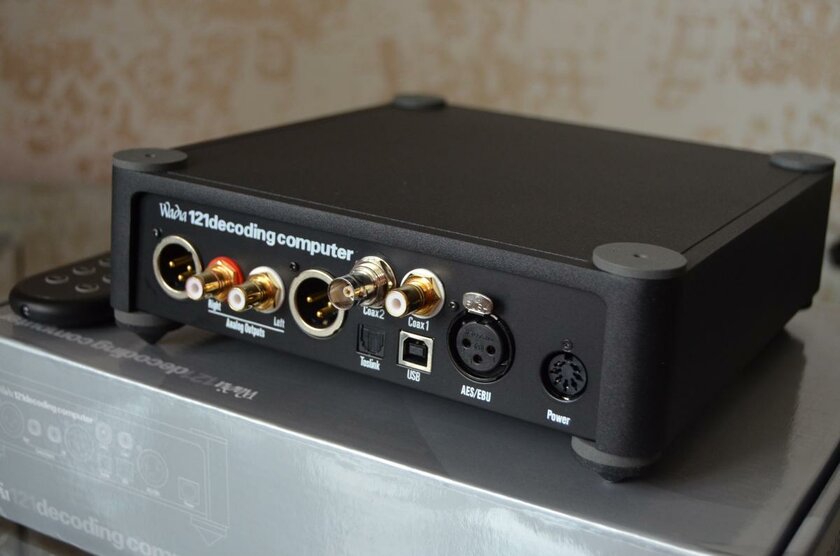
It is, but not quite. Of course, the increased technical characteristics of music, such as bit depth or sample rate, cannot be heard without having high-quality musical equipment (at least an entry-level DAC for a smartphone). However, since we are talking about Vinyl Rip, its main difference is the lack of compression – and it just so happens that this feature can be easily heard on any consumer audio equipment.
Moreover, it is not necessary to store such digitizations in maximum quality. Even after converting Vinyl Rip to MP3 with a bitrate of 320 Kbps, it is easy to notice the difference, since here we are talking about the sound mastering itself, and not its characteristics. You will still be able to notice new, previously unnoticed details for yourself, as well as hear everything else better.
Here is an excerpt from the song records as MP3 320 kbps:
And the same passage taken from disk as MP3 320 kbps:
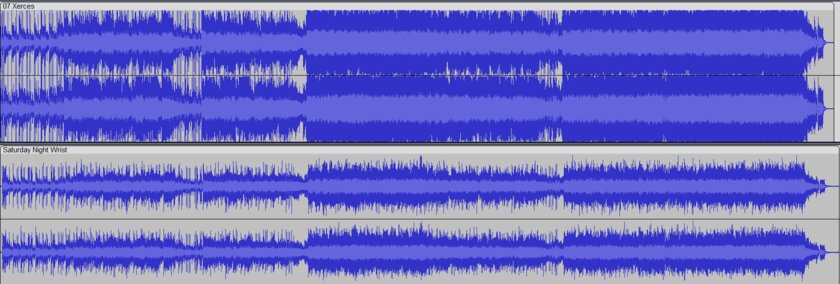
However, there is a problem. Not every consumer device, be it a smartphone or a music player, will be able to handle Vinyl Rip properly. We are talking about loudness – as I wrote above, compression is needed precisely to raise it and reduce the dynamic range. Despite the loss of detail, compression allows you to raise the volume without achieving clipping, when the volume of the composition exceeds the permissible threshold and an unpleasant crack appears in some of its places. Since there is no compression on the records, the volume of the entire composition becomes lower, and if the DAC built into your smartphone or player is not of high quality, the resulting volume may not be enough to enjoy the music. This is also worth considering and checking.
How to Convert Hi-Res to Lossy or Lossless
There are many programs for converting music, but in my instructions I will use AIMP, as it is quite convenient and has all the necessary functions. To convert Vinyl Rip to one of the formats, follow these steps:
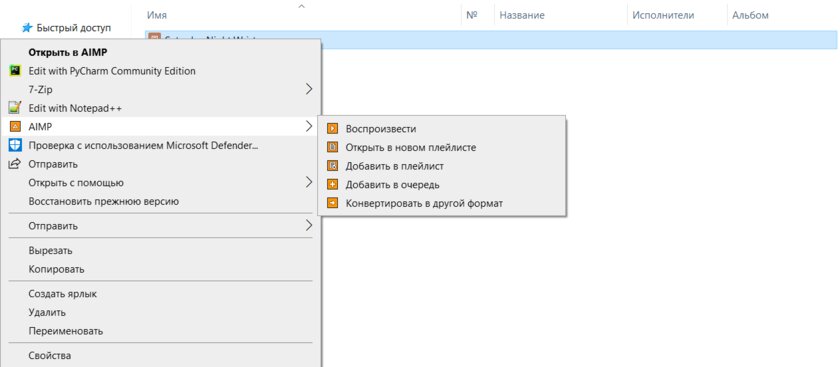
- Right click on the playlist file. Typically, music distributed in Vinyl Rip format is stored in a single .flac file, which is accompanied by a .cue playlist, thanks to which the player understands at what time stamp each song begins.
- If the songs are each saved in their own separate file, select them all and right-click.
- In the drop-down menu, select the “AIMP” submenu, and in it click on “Convert to another format.”
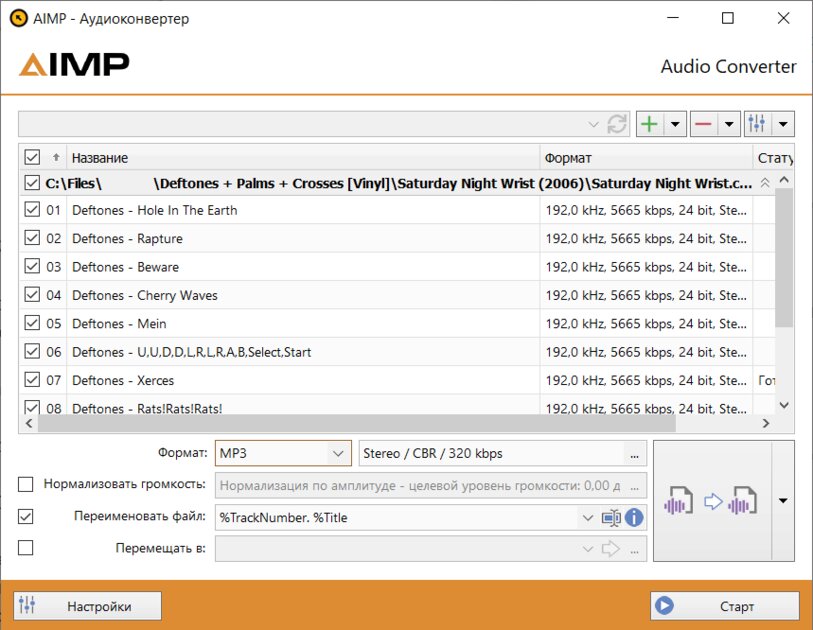
- In the window that opens, select the format you need. I would recommend choosing one of the most common ones: MP3 if you want Lossy, or FLAC if you prefer Lossless. There is also a more modern Lossy format – OGG. But some players do not work well with it.
- If you chose MP3, manually set the bitrate to 320kbps and the mode to CBR, and if FLAC, set the compression to level 0, which is more or less CD quality.
- If there are numbers next to the checkboxes, then in the “Rename file” field, enter “%TrackNumber. %Title” (without quotes). If the song numbers are in their titles, leave only %Title.
- Click “Start” and wait for the conversion to complete. If you want, you can play around with the formats and their settings and choose the best one for yourself, but I would recommend sticking with one of the classic options described above.
Source: Trash Box
Donald-43Westbrook, a distinguished contributor at worldstockmarket, is celebrated for his exceptional prowess in article writing. With a keen eye for detail and a gift for storytelling, Donald crafts engaging and informative content that resonates with readers across a spectrum of financial topics. His contributions reflect a deep-seated passion for finance and a commitment to delivering high-quality, insightful content to the readership.







